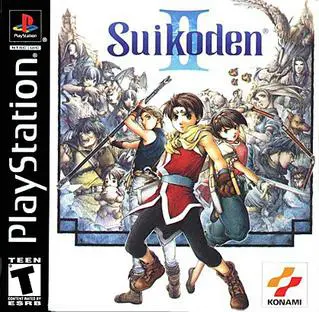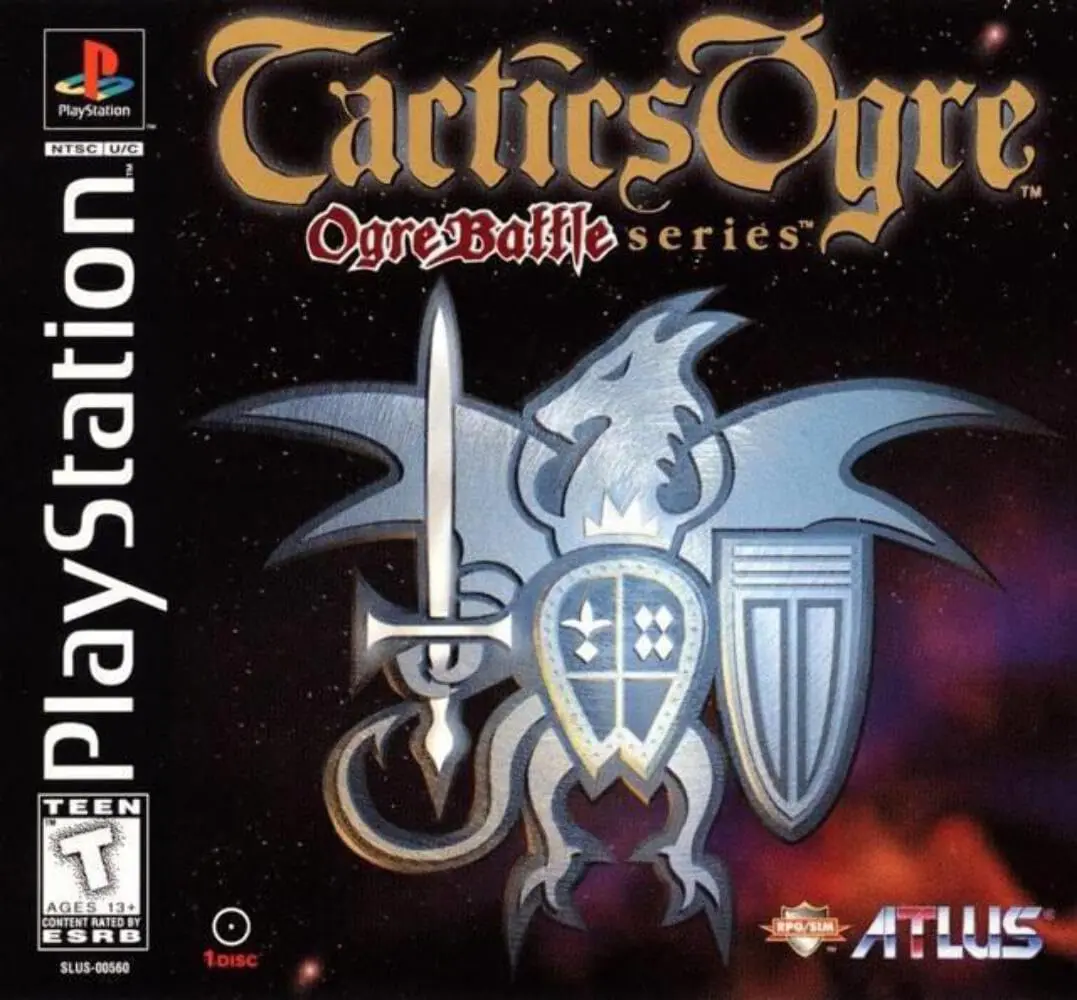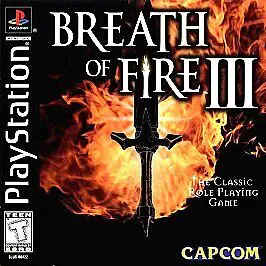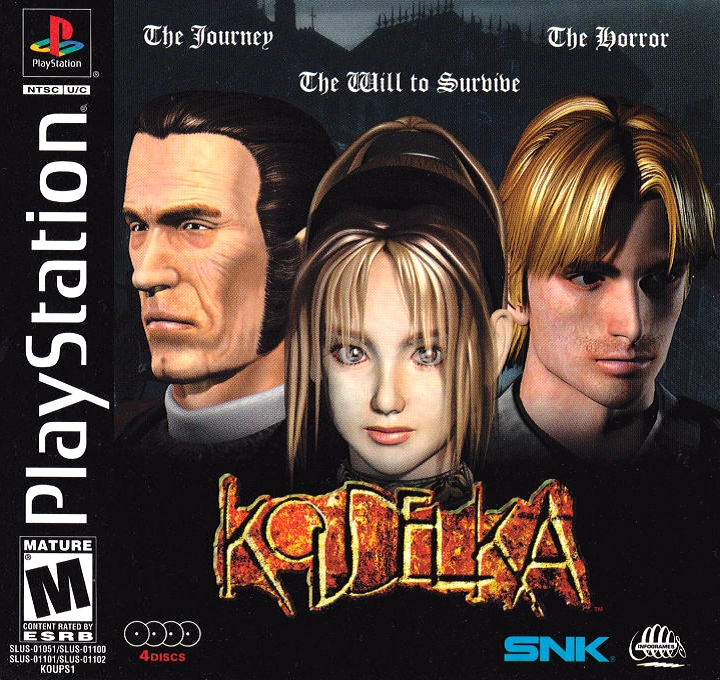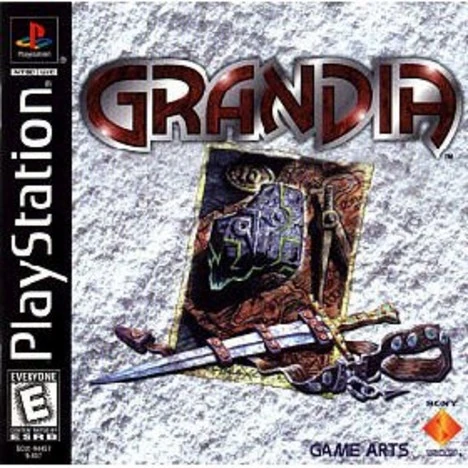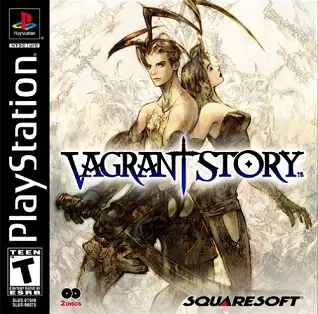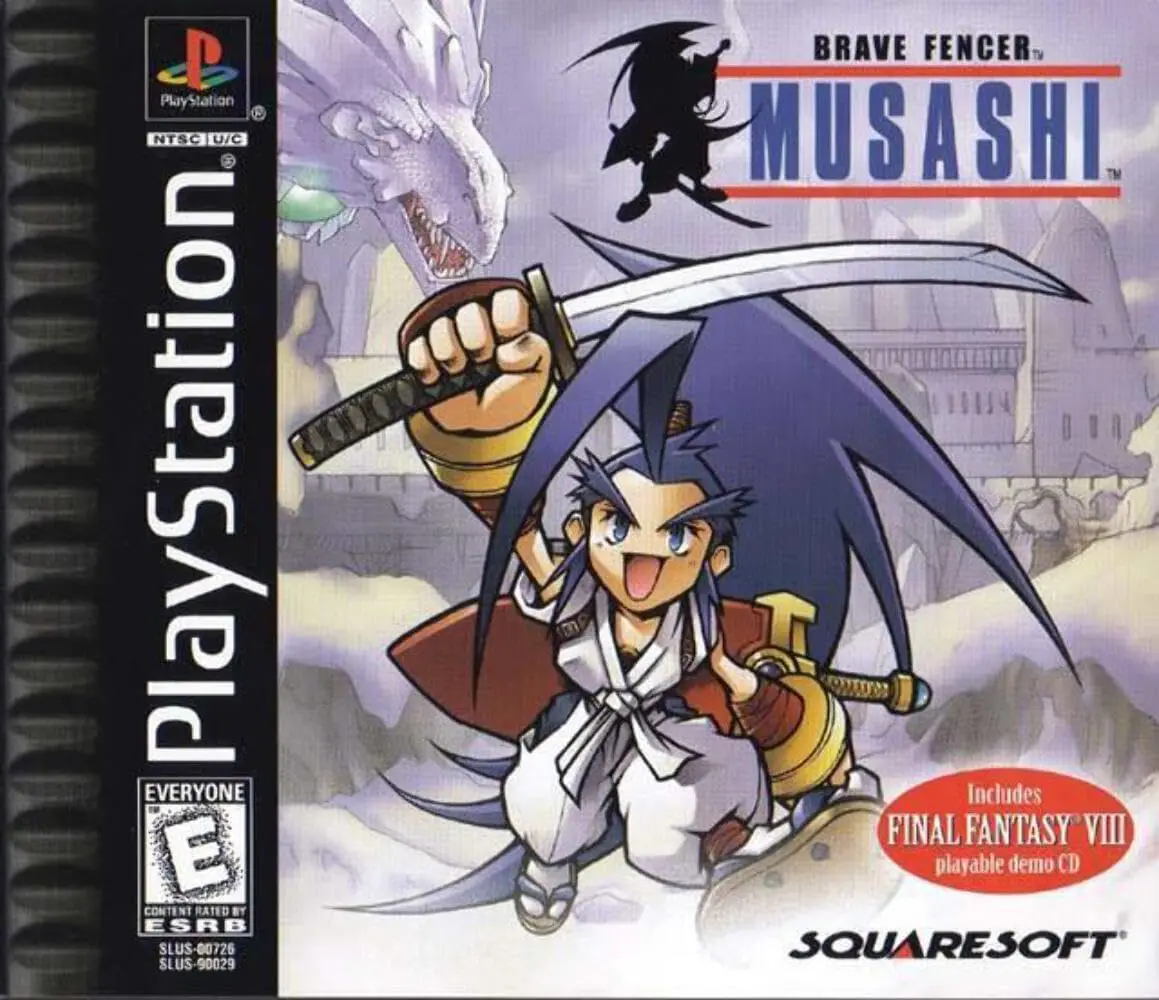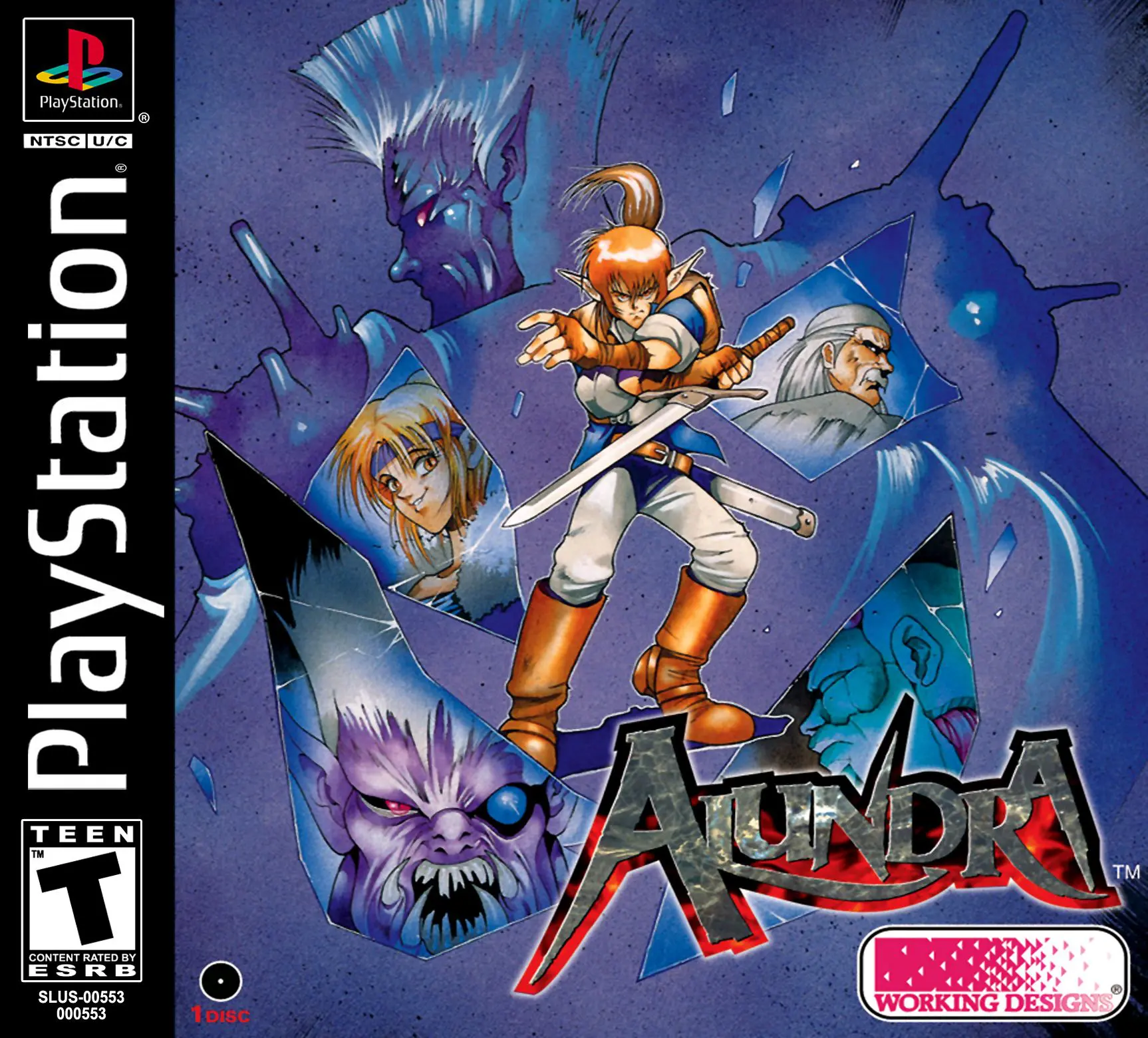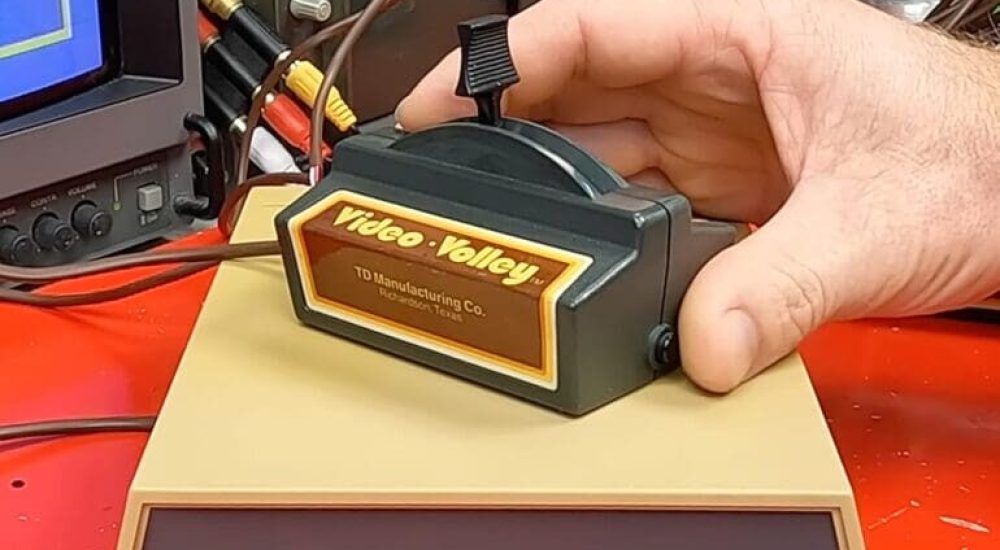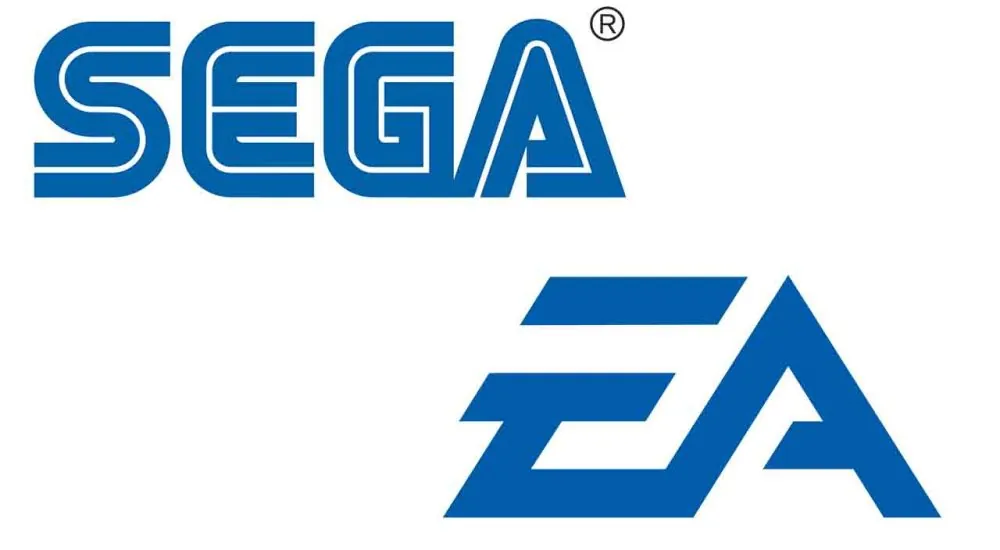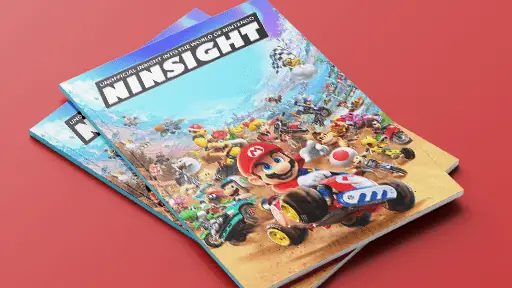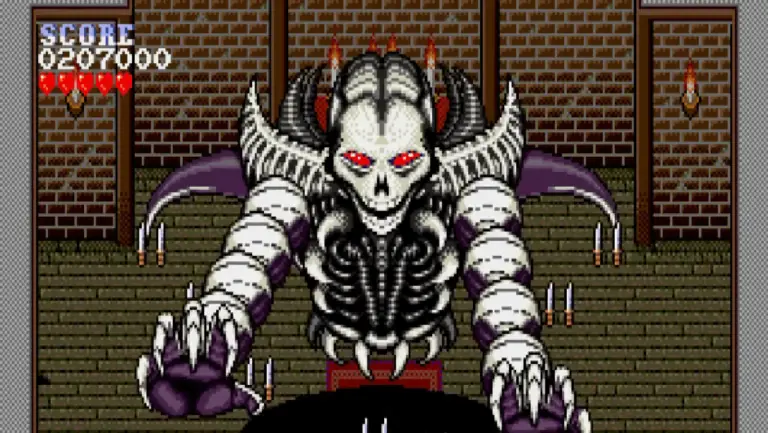The PlayStation 1 marked a pinnacle for the realm of role-playing games—our carefully assembled compilation of top-tier PS1 RPGs serves as both a homage to the past and a testament to the era’s creative advancements and enduring play styles. This period set a cornerstone for the genre, presenting players with a multitude of enchanting universes to discover, intricate plots to decipher, and unforgettable protagonists to bond with. Our selection spans influential sagas that forged role-playing lore to lesser-known treasures worthy of acclaim, each game chosen for its significance, narrative prowess, and engaging mechanics. Whether you’re a seasoned enthusiast seeking to relive illustrious escapades or a novice intrigued by the foundations of current RPGs, our array delivers a cornucopia of exceptional gaming milestones that remain remarkable to this day.
Suikoden II / Genspu Suikoden II (幻想水滸伝 II)
Suikoden II is a sequel that takes place three years after the original game, with a focus on the City-State of Jowston. The protagonist, Riou, along with his friend Jowy, are part of the Unicorn Brigade serving the Highland army. Chaos ensues when a ceasefire is broken by the prince of the Highlands, Luca Blight, leading Riou and Jowy to eventually find themselves on opposite sides of a conflict. The game refines the formula of the first installment with improved graphics, streamlined interface, and new gameplay elements such as grid-line battlefield army battles. Players are given the option to transfer save data from the first game, unlocking hidden sidequests and exclusive items. The storytelling in Suikoden II humanizes characters on both sides of the conflict, making it a standout RPG of its era despite experiencing some flaws in the English localization. The game’s initial overlooked release has led to increased demand, with a re-release on the NA PSN and European markets making it more accessible to fans.
Wild Arms 2 / Wild Arms: 2nd Ignition (ワイルドアームズ セカンドイグニッション)
Wild Arms 2 is often regarded as the black sheep of the series, mainly due to its abysmal translation which makes the narrative confusing and at times incomprehensible. The plot, however, is recognized for its maturity and ambition, exploring themes of heroism, communal efforts, and moral ambiguity. The game follows a team called ARMS tasked with taking down the terrorist organization Odessa, which aims for a hostile takeover of power in Filgaia, a world facing ecological devastation. The characters, including Ashley Winchester, Lilka Eleniak, and Brad Evans, deal with personal struggles and complex relationships throughout the game. Despite some interesting themes, the lack of urgency and poor pacing in the story detract from the overall experience. The gameplay introduces new mechanics like canceling battles and a different approach to world map navigation, though some are received more positively than others. Overall, Wild Arms 2 is seen as a game with potential that falls short due to its translation and execution, but could have been better with more polish and a better localization.
Xenogears (ゼノギアス)
Released in 1998, Xenogears is a RPG game with a complex storyline set in a surreal, post-modern world filled with psychological themes and religious references. The game follows Fei, an amnesiac painter, who gets entangled in a conflict between warring nations and pilots a powerful Gear. Xenogears incorporates Christian and Gnostic themes, psychological exploration of characters, giant robots, and conspiracies, heavily inspired by Neon Genesis Evangelion. The game features a diverse cast of characters with their own motivations and secrets and explores existentialist themes referencing philosophers like Nietzsche and Jung. Gameplay includes both on-foot and Gear battles with a unique combat system involving button inputs and learning powerful “deathblows.” Despite technical issues, Xenogears is recommended for patient players familiar with PlayStation-era jRPGs, and is considered ambitious and a masterpiece by some, leading to the creation of spiritual successors in the Xenosaga trilogy and Xenoblade series.
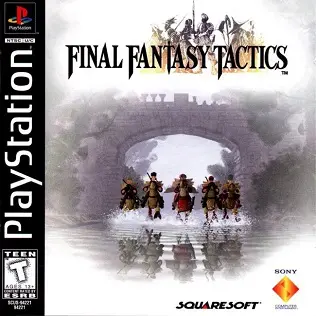
Final Fantasy Tactics (ファイナルファンタジータクティクス) and Tactics Ogre ( タクティクスオウガ )
Tactics Ogre and Final Fantasy Tactics are strategy-RPG games known for their strong storytelling and complex tactical combat. Both games have politically oriented plots, revolving around characters caught in civil wars and power struggles in fictional worlds inspired by historical events. The games share character designers and composers, with Final Fantasy Tactics incorporating elements from the Final Fantasy series. The story centers on two friends, Ramza and Delita, as they navigate through civil war and search for powerful artifacts known as Zodiac Stones. Various characters with unique abilities and backgrounds are introduced, adding depth to the narrative.
Final Fantasy Tactics delves into the War of the Lions, focusing on the friendship between Ramza and Delita. The narrative explores their diverging paths and conflicting ideologies, highlighting themes of justice and ambition. The game features a large cast of characters and a strategic combat system blending Tactics Ogre and Final Fantasy gameplay mechanics. With a mix of turn-based and real-time elements, the game offers a challenging yet rewarding experience for players.
Final Fantasy Tactics simplifies equipment mechanics, introduces Zodiac symbols, Brave and Faith values, weather effects, and day/night encounters. Players can grow characters outside of combat through taverns and missions. The game features smaller combat maps, faster pacing, and knocked down characters instead of instant death. It offers challenging gameplay with brutal enemy AI, requiring customization and job system utilization. The PSP version provides more flexibility in skill learning and customization options, with the best strategy involving a team with complementary abilities.
The unique Job System in Final Fantasy Tactics allows players to customize their team with various Final Fantasy jobs. The game presents challenging battles, recruitable characters, and a potential for imbalance if players exploit certain classes. The difficulty curve is noted as starting difficult and becoming easier as players gain skills, though there are frustrating missions and interface quirks. The lack of branching paths and only one ending may disappoint some players, despite the engaging tactical RPG experience it offers. The game’s music, composed by Hitoshi Sakimoto and Masaharu Iwata, is praised for its impressive synthesis and dramatic themes. However, the English localization received criticism for poor translation and cut content compared to the Japanese version. While Final Fantasy Tactics initially struggled to find mainstream success in North America, it eventually gained a cult following and was re-released as a Greatest Hits title in 2001, though it never saw a release in Europe for the PlayStation.
Breath of Fire III (ブレスオブファイアIII)
Breath of Fire III was a significant release in the RPG genre during the 32-bit era, following the success of Final Fantasy VII. The game maintained the warm and nostalgic feel of its predecessors while incorporating darker and more mature themes to cater to a maturing audience. The story revolves around Ryu, who can transform into a dragon, Nina, a pampered princess with magical abilities, Rei, a cat-person thief, Teepo, a cocky young boy, Momo, a genius in technology, Peco, a mysterious and mute creature, and Garr, a character shrouded in mystery. The game introduced a new skill system where characters could learn from masters or enemies, providing customization options for battle strategies. Additionally, the Dragon Gene System allowed Ryu to transform into a dragon and maintain the form by splicing genes found throughout the world. Despite the absence of the shamanization system from Breath of Fire II, Breath of Fire III offered a vast world with detailed history, challenging puzzles in dungeons, and an improved fishing minigame. The game featured 3D backgrounds with 2D character sprites, showcasing beautiful visuals and fluid animation. With a varied soundtrack that complemented the changing tone of the story, Breath of Fire III was praised as one of the best RPGs on the PS1. The game was later ported to the PSP and made available for download on the PlayStation Network, with some minor differences in presentation. Furthermore, Breath of Fire III included cameos from characters like Sakura and Chun Li from Street Fighter Alpha, adding an extra layer of fun for fans of Capcom’s other franchises.
Koudelka (クーデルカ)
Koudelka, developed by Sacnoth in 1997, serves as the precursor to the Shadow Hearts series, offering a unique RPG experience set in a 19th-century Welsh monastery. Players follow Koudelka, Edward Plunkett, and James O’Flaherty as they delve into supernatural mysteries through exploration and puzzle-solving within the confines of the eerie Nemeton monastery. The game features grid-based combat with spell casting and character customization, yet lacks shops and money, requiring players to rely on limited loot drops. While Koudelka showcases strengths in its unique weapon display and hand-drawn illustrations, it falls short in areas such as lack of monster information, limited inventory space, and easy difficulty level. Despite its outdated graphics and gameplay mechanics, Koudelka may still appeal to fans of the series through its multiple endings and connection to the Shadow Hearts titles. Despite its initial reception, developers remain hopeful for future projects that expand upon the world and concepts introduced in Koudelka.
Grandia ( グランディア )
Game Arts released the role-playing game Lunar: The Silver Star in 1992, focusing on storytelling and worldbuilding. They later released a sequel, Eternal Blue. In 1997, the company shifted focus to a new property, Grandia, which follows protagonist Justin on a journey to find the lost city of Alent. The game features a diverse cast of characters and a unique battle system that has spawned a franchise with sequels, spinoffs, and an online game. Grandia is praised for its engaging worlds and influence on the JRPG genre, featuring strong character interactions and dialogue set in a post-Age of Discovery world with themes of technological advancement and resource depletion. Despite aged graphics and disorienting navigation in dungeons, the game offers a satisfying and engaging gameplay experience with a unique character growth system and a mix of turn-based and real-time elements in battles. The game’s soundtrack, composed by Noriyuki Iwadare, receives mixed reviews, and despite technical downgrades in its PlayStation port, Grandia remains playable and enjoyable with a strong setting and an HD Remaster released in 2019. Additionally, an expansion called Digital Museum was released in 1998 for the Sega Saturn, offering bonus content for fans of the original game.
Vagrant Story ( ベイグラントストーリー )
Square is a pioneer in the realm of role-playing games, with groundbreaking titles like Final Fantasy and Parasite Eve showcasing their innovation and creativity. Vagrant Story, an Action-RPG, further cements their dominance in the industry. Despite initial skepticism due to the label of a “dungeon hack,” Vagrant Story offers a deep and immersive experience set in the dark and mysterious world of Lea Monde. The game seamlessly blends puzzle-solving, object manipulation, and intense battles, with a challenging yet rewarding combat system. While the gameplay may suffer from repetition, the gripping story, set in the land of Valendia and revolving around a cult of religious fanatics, is the game’s greatest attribute. The detailed character models and atmospheric graphics, emphasizing a dark color palette, add to the haunting beauty of the game. Combined with Hitoshi Sakimoto’s masterful musical score, Vagrant Story stands out as a complete package of compelling gameplay, captivating story, and stunning presentation, showcasing Square’s storytelling prowess and innovative game design.
Brave Fencer Musashi (ブレイヴフェンサー 武蔵伝 )
Square established themselves as a quality action-RPG developer with the release of Seiken Densetsu for the Nintendo Game Boy in Japan, later known in the US as Final Fantasy Adventure. This reputation was further solidified with the releases of Seiken Densetsu 2 (The Secret of Mana) and Seiken Densetsu 3. Despite a setback with Chocobo’s Mysterious Dungeon, Square bounced back with Brave Fencer Musashi, a standout 32-bit action-RPG for the Sony PSX. The game follows Musashi, a legendary warrior on a quest to save a kidnapped princess, offering a light-hearted storyline with humorous elements. What sets BFM apart is its innovative gameplay, including unique features like BP meter, enemy power gating, and fatigue system. While the graphics are mostly excellent, the character designs and animations fall short. Sound effects are robust, but the music is a mixed bag. Control issues, particularly with small movements and jump control, are prevalent, while the camera control is limited. Despite these flaws, Brave Fencer Musashiden remains a quality action-RPG and a top contender on current generation consoles, making it a must-have for fans of the genre.
Alundra ( アランドラ )
Alundra is an Action/RPG game published by Working Designs, known for its glossy CD case, full color manual, and map of the Village of Inoa. The story revolves around the destruction of Idols by the King, leading to a dark time for the people who lose their creative abilities and experience disturbing dreams. The protagonist, Alundra, from the Tribe of Elna, has the power to enter people’s dreams and help solve their problems. The game features deep characters, plot twists, challenging puzzles, and a variety of weapons and spells for players to use. The graphics are impressive, with well-drawn sprites and lighting effects, and the music stands out with memorable themes. Overall, Alundra is a highly recommended game for Action/RPG enthusiasts and fans of Zelda, offering a captivating gameplay experience.
To wrap things up, our curated list of top PS1 RPGs pays tribute to a ground-breaking period that established many of the elements we now see as commonplace in modern role-playing games. We’ve embarked on an epic retrospective through mythical worlds and thrilling escapades, highlighting games that have permanently etched themselves in our fondest gaming recollections. Each entry in our collection is a prime example of the inventiveness, narrative richness, and pioneering spirit of that era, providing gaming encounters that remain as captivating today as when they first graced the PlayStation platform. It’s our sincere wish that this homage to the classic RPGs of the PlayStation 1 has reignited cherished memories and ignited fresh enthusiasm. Whether our picks resonate with you or you hold other titles close to your heart, the lasting impact of these masterpieces serves as a testament to the expansive universe of storytelling and the immersive play that the RPG genre has to offer. We thank you for taking this trip down memory lane with us and hope that your own adventures in gaming are always filled with amazement, exhilaration, and sheer enjoyment.


